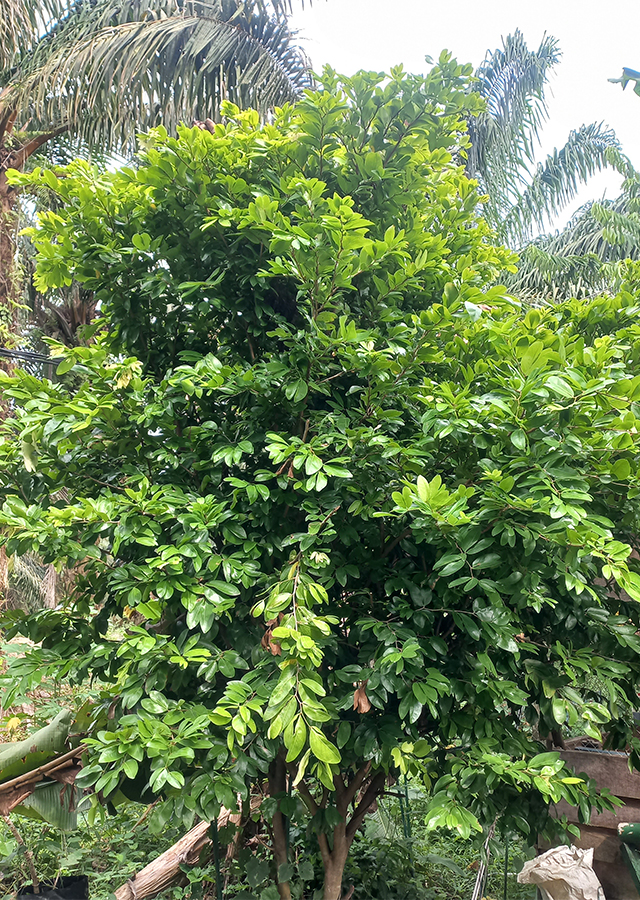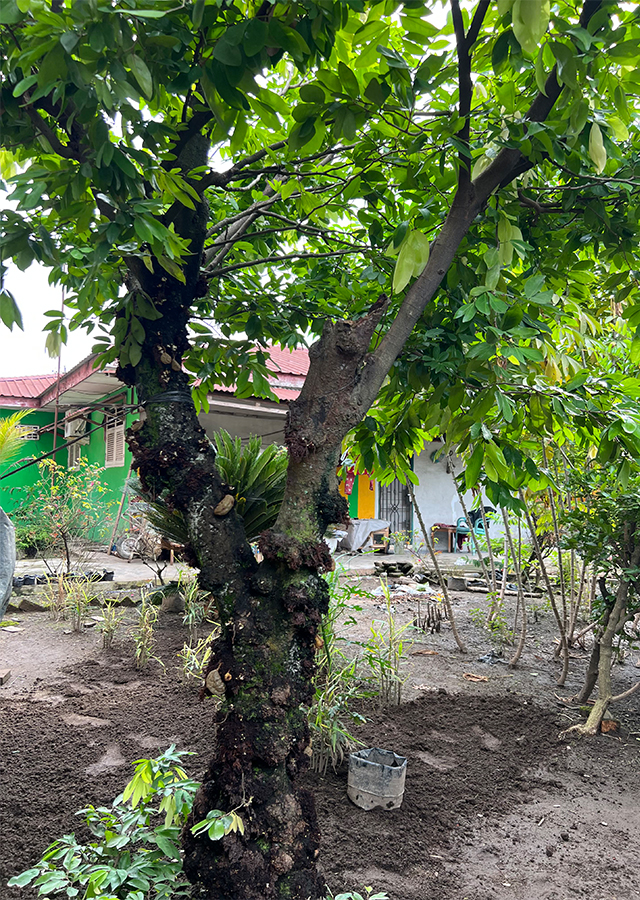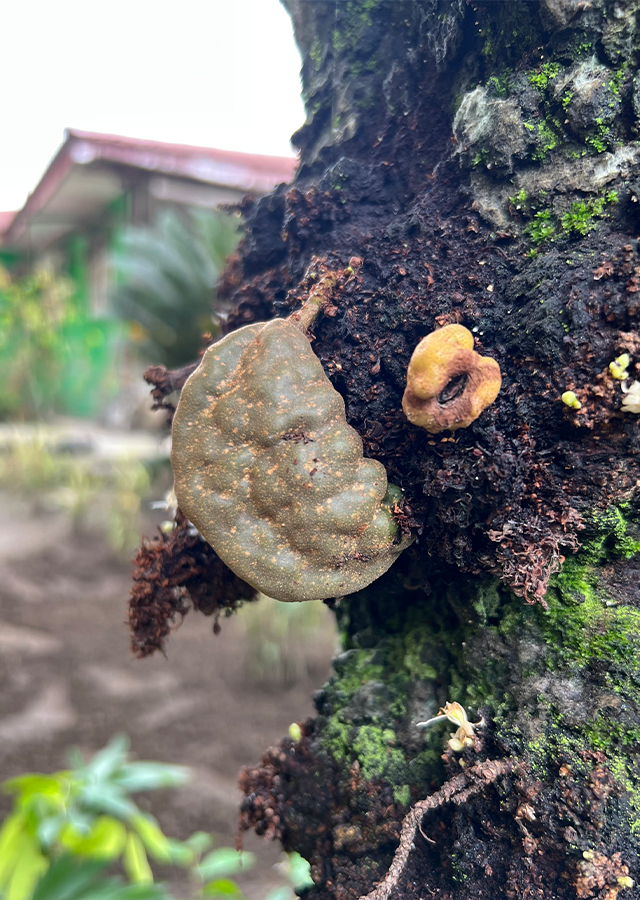Traditional Herbs from Cynometra cauliflora
increase_appetite
- Take fresh nam-nam fruit, wash it thoroughly.
- Eat fruit to treat loss of appetite.
What is Cynometra cauliflora Looks like??



Parts of Cynometra cauliflora that could be used
- Leaves
- Fruits
Cynometra cauliflora Distribution
The origins of the nam-nam plant are not very clear. There are references that say it comes from India, Southeast Asia, Malaysia and Indonesia. The nam-nam plant can be used as a yard decoration plant or for its fruit. The fruit can be eaten directly or made into salad, pickles, sweets or a mixture of chili sauce. Ripe fruit has a fresh sweet and sour taste. Nam-nam leaves and fruit contain several bioactive ingredients which pharmacologically can cure diseases, and in Malaysia itself this plant has been used as a traditional herb.Agroecology of Cynometra cauliflora
Nam-nam grows well in wet tropical lowlands, but experience in India shows that it is more fruitful in monsoon climates with a distinct dry season. This plant is successful at altitudes up to 400 m above sea level. It grows best in areas where annual daytime temperatures are in the range of 22 - 35 °C, but can tolerate 17 - 40 °C. Nam-nam prefers average annual rainfall in the range of 1,500 - 2,000 mm, but tolerates 1,200 - 2,500 mm. Prefers a position in full sun but tolerates some shade. Prefers pH in the range of 5 - 6, tolerates 4.5 - 6.5. This plant is also resistant to wind.
Morphology of Cynometra cauliflora
- The stem is tuberous, with smooth, nodule, brownish or gray bark and a rather dense crown.
- Leaves\u00a0compound with a pair of leaflets, with a stem length of 2-8 mm. The leaflets are oval to egg-shaped sloping asymmetrical. Leaf size 5.5-16.5 x 1.5-5.5 cm, almost stemless, hanging, shiny dark green white or light pink, hanging limply.
- Flowers are small clusters with a row of protective leaves, 4-5 clusters clustered on the protrusions that appear on the stem, close to the ground. The flowers are small, the petals are pale pink or white, the crown is lanceolate and white. The stamens are loose and number 8-10.
- The pods are thick-fleshed, kidney-shaped with wrinkled ends, 3-9 x 2-6 x 1-4 cm, hanging from the stem, scaly brown when young and greenish or yellowish when ripe.
- One seed, flat kidney-shaped, measuring 3-6 x 2-4 cm brown.
Cultivation of Cynometra cauliflora
- Propagation of plants by seeds, although they can be propagated by grafting, grafting approaches and other methods.
- Trees do not receive special attention in home gardens, apart from wrapping sack cloth around the trunk of the tree to protect the fruit from mice and fruit borers. This wrapping appears to be does not hinder the progress of flowering and fruit formation. Pests and diseases are not serious. Pods are attacked by borers, and young leaves may be attacked by black aphids.
Cynometra cauliflora, more details :
Chemical Content of Cynometra caulifloraSaponins, steroids or triterpenoids, phenolics, flavonoids, tannins, quinones, and cardiac glycosides.
Benefits of Cynometra cauliflora
Relieves symptoms of loose stools or diarrhea, increases appetite, improves urine flow and treats urinary stones, leprosy and skin diseases.
Simplisia of Cynometra cauliflora
- Prepare enough nam-nam twigs, wash them thoroughly with running water.
- Cut the twigs\u00a0so they\u00a0dry easily.
- Dry in the sun or in an oven at\u00a040\u00b0C until the moisture content\u00a010% .
- Blend it using a blender until it becomes powder.
- Store in a clean and airtight container.
Another Facts for Cynometra cauliflora :
Synonym of Cynometra caulifloraCynometra� acutifolia� S.Vidal
Habitus of Cynometra cauliflora
Bush. Annual shrub or small tree that reaches 3-15 m in height
Habitat of Cynometra cauliflora
- Mainland
No comments:
Post a Comment